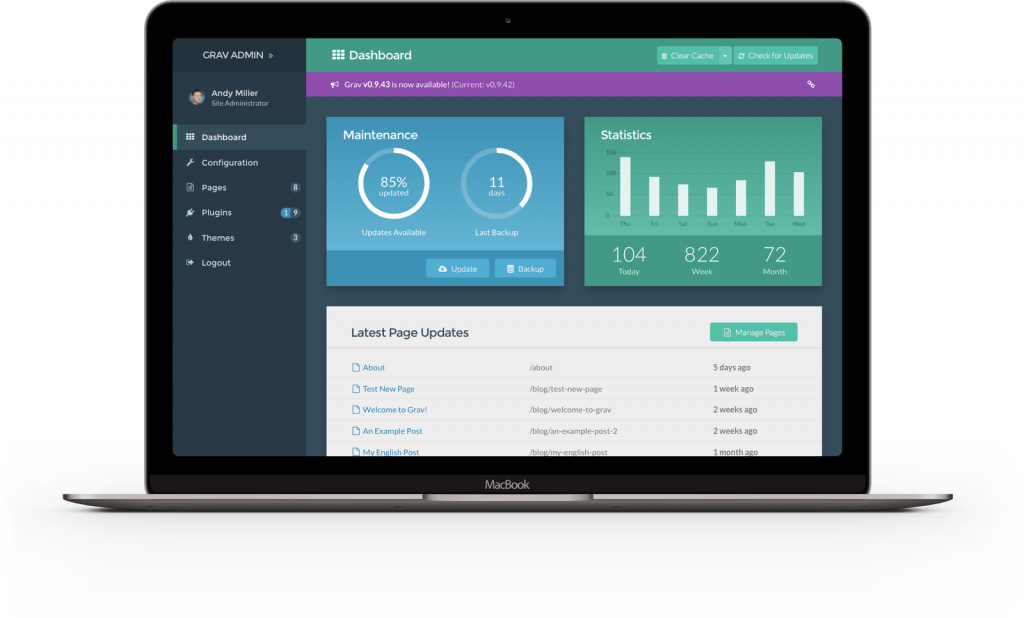

The source files themselves are also a lot leaner. This means that data can be displayed to the user faster, as there is no need for a connection to a database and subsequent queries. A flat-file CMS can perform faster and be easier to maintainĪ flat-file CMS does not require a database all the content is instead stored in files and organised into folders (usually in XML or markdown format, and then parsed). This is where a lighter weight, flat-file CMS can come into play.

They have numerous extension features that are targeted towards larger, more complex websites, which can have an adverse effect on performance and make the site harder to maintain.

However, these options could be overkill for some smaller, simpler projects. Drupal, Wordpress and Joomla are all popular choices for building small to large websites, so regular users might instinctively call on these familiar tools when a new web project lands.


 0 kommentar(er)
0 kommentar(er)
